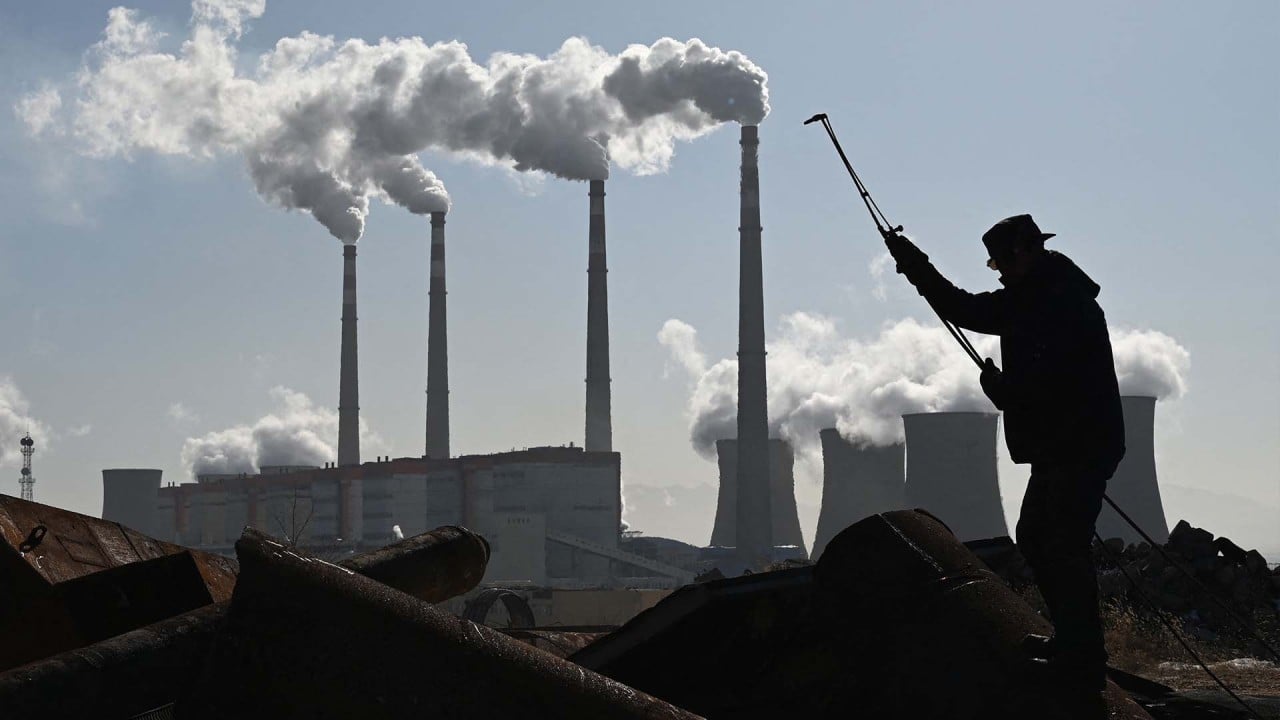
China sets sights on coal, petroleum and waste sectors to bring down methane emissions
- Beijing encourages firms to use market mechanisms to reduce methane, including a voluntary emissions trading system, according to climate official
- He says developing countries should not have to reach carbon neutrality at the same time as developed nations
Lu said China would introduce a nationwide methane emissions control action plan and establish policies, technologies and standards for methane emission reduction in coal, petroleum and waste treatment.
Why China won’t commit to COP26 pledge to slash methane emissions
He said China would improve its measurement, reporting and verification system, adding that the country encouraged companies to use market mechanisms to cut methane emissions, including a voluntary greenhouse gas emissions trading system.
After carbon dioxide, methane is the second most abundant greenhouse gas emitted through human activity, accounting for 17 per cent of global greenhouse gas emissions. Most human-caused methane emissions come from three sectors – energy, agriculture and waste.
China is the world’s biggest emitter of human-caused methane and its largest source is coal mining, followed by waste and agriculture.
The work begins now after COP26 in the ‘era of accountability’
In the joint declaration, the two nations committed to tackling climate change by accelerating their actions during the critical 2020s and cooperating in areas related to cutting greenhouse gas emissions, the circular economy and the deployment and application of low-carbon technology. They intend to establish a working group and will meet regularly to address the climate crisis.
Lu told the press conference that the biggest obstacle preventing developing countries from taking stronger action was the lack of support from developed countries.
“The level of support provided by developed countries for mitigation and adaptation should match the level of climate action in developing countries,” he said.
He added that as developed countries and developing countries were at different starting points, it was unfair to require them to achieve carbon neutrality at the same time and to enhance climate action indiscriminately.
“It’s neither fair nor feasible,” he said.



